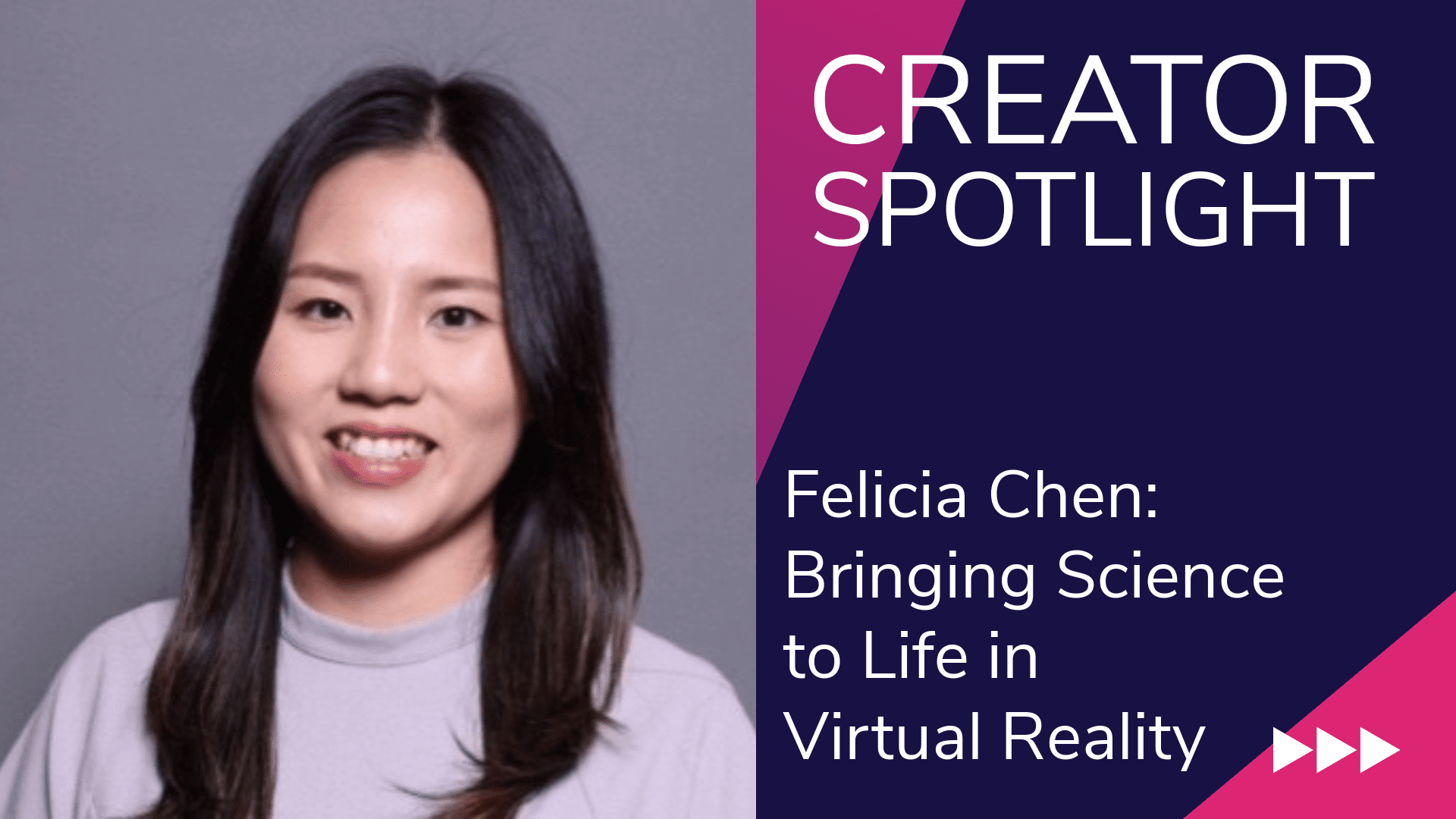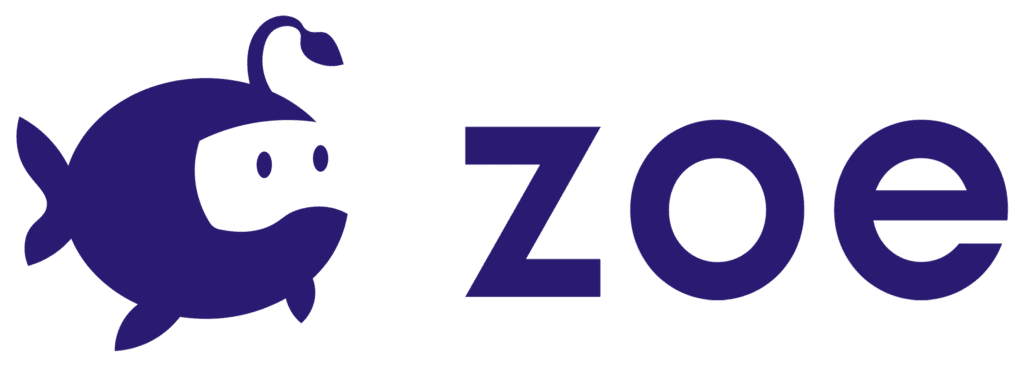
About Felicia Chen
For the past six years, Felicia Chen has taught IB Sciences in K-12 settings. During the last three years at Dwight Global Online School, she has also served as the school’s VR Coordinator. Felicia integrates virtual reality into her courses while supporting broader implementation across the institution.
Her work focuses on making scientific investigation accessible, intuitive, and hands-on for students learning at a distance.
We are a fully remote school, so we wanted something that is interactive while providing immersive learning experiences. VR is that right solution.
Why Virtual Reality Matters for Remote Science
Dwight Global is a fully online school, which creates a unique challenge for science instruction. Laboratory skills are central to IB coursework, yet not always possible to deliver when students are spread across time zones and locations.
Felicia and her team turned to virtual reality as a way to bridge that gap. Their VR program began with a simple vision:
- Create a lab environment that mirrors real scientific practice
- Reduce reliance on synchronous class meetings
- Allow students to revisit skills independently
- Provide an immersive, tactile way to understand scientific tools
What began as a solution for the lab grew into something larger.
“Since then, we have learned so much more of what VR can do beyond our initial intention.”
Felicia has seen VR shift from a supplement to an essential part of how students learn, practice, and build scientific confidence.
Crafting VR Lessons from the Ground Up
One of the most powerful aspects of Felicia’s approach is her commitment to designing lessons tailored specifically to her curriculum rather than relying on premade content.
“The benefits of creating [a lesson from scratch] is definitely something that is tailored to my own needs, to my classroom’s needs.”
She highlights two core advantages of building her own VR modules:
- Customization. Every object, tool, and step reflects exactly what she teaches in the IB curriculum.
- Authenticity. The lab environment feels familiar across units, helping students transfer skills more easily.
Felicia is also candid about the challenges.
“I’m not a coder, and that is always something intimidating for teachers who are trying to start up.”
She explains that the time required to build something from scratch can seem overwhelming, especially for educators already managing heavy teaching loads. Tools that reduce complexity become crucial.
Inside Felicia’s VR Science Lab
During the Zoe Creator Program, Felicia built a prototype that introduces students to a chemistry lab, focusing on core procedures and safety expectations.
The experience allows students to move step by step through:
- Lab orientation
- Equipment identification
- Proper handling of tools
- Data collection
- Observation recording
Her goal is to let students repeat foundational skills as often as they need, without relying on limited staffing or scheduling constraints.
“My intention was to have this pre-built module that walks students through something they can access anywhere, anytime.”
The module guides learners through a series of actions that mirror real-world procedures in a structured, intuitive flow. Students follow directions, manipulate tools, and complete tasks that build scientific confidence.
Half of the time, I didn’t actually know what was happening behind the instructions. Students can now achieve conceptual learning and build practical skills at the same time.
Where It Goes Next
Even within the short timeframe of the creator program, Felicia began imagining ways to expand her prototype.
“What if, when students mix two chemicals together, they actually see the chemical reaction happening behind?”
Her long-term vision includes simulated chemical reactions, dynamic visuals that show scientific concepts, more advanced experimentation, and modules that pair conceptual understanding with procedural skill.
She sees VR as a chance to help students grasp not only what to do, but why it matters scientifically.
Advice for Educators Exploring VR
Felicia encourages other teachers to try VR at a pace that feels manageable.
“My advice would always be to start small, and then learn first. From that experience, you scale intentionally.”
Her framework for sustainable VR adoption:
- Begin with one simple use case
- Learn the platform before designing complex lessons
- Pilot with a small group of students
- Expand only once the workflow feels natural
- Ensure each addition serves a clear pedagogical purpose
Felicia also emphasizes that VR is no longer an experimental technology reserved for specialized programs.
“People used to think VR was such a futuristic concept, but it has become so much more practical for everyday learning.”
Create Your Own Immersive Lessons with Zoe
Zoe helps educators like Felicia Chen build interactive virtual reality lessons without needing to code. Whether you want to create virtual labs, interactive practice modules, or immersive simulations, Zoe makes it possible to design your own VR experiences aligned to your curriculum.
Visit www.zoeimmersive.com to start creating for free, or join the next Zoe Creator Program to learn how educators around the world are shaping the future of learning through immersive technology.


